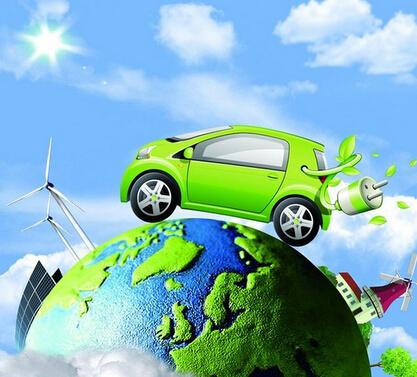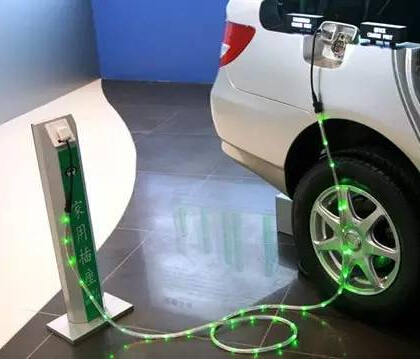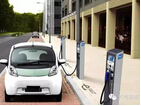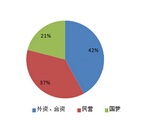"I am driving an electric car. I often go to the charging station to charge and try to test several guns without reaction. Sometimes the scan code can be charged but it will be broken in less than a minute. It is really annoying."
If you can find a charging pile that can be charged in a charging station, you can also relieve the breath. However, it may happen that the entire charging station is not charged.
"I have had this experience. I felt too anxious at the time. Because the charging stations in the charging station are all the same batch and the same version of the agreement, it is very likely that you can't charge one pile, and all of them can't be charged."
Testers found that 20% of the cases were not charged, and there are more serious problems behind them, which cannot be ignored.
Charging failure is small, burning a car is a big problem
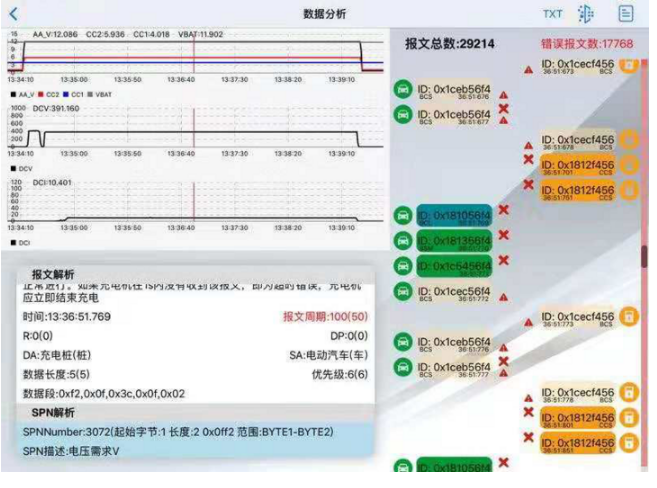
Bad money drives out good money, the national standard behind the security risks
Whether it is a car or a charging pile, everyone chooses to sacrifice national standards and relax the scope for compatibility and charging. Behind this is the extensive customization of the industry standards before the introduction of the new national standard, and the compromises that companies make in order to survive in the competition.
Before the introduction of the new national standard, the standards for electric vehicles and charging piles were relatively broad; and the actual implementation of the new national standard and batch transformation was in 2017. In the case that the original standard of the car and the pile is very rough, in order to implement the new national standard, it is naturally necessary to invest funds for transformation.
In this context, everyone has chosen an easier path: open standards requirements, reducing the multiple pressures brought about by the transformation. While it is possible to increase the charging success rate, the negative impact of sacrificing the national standard has gradually emerged, and the security risks have become a sword hanging in the hearts of enterprises and users.
In fact, there have been cases of electric vehicles burning in the past, but they rarely occur during the charging process. Nowadays, not only are there more cases of electric vehicle fires, but most of them are on fire during the charging process. "Why is this? It is like a bad coin to drive out good money. Everyone has expanded their scope and the tolerance is getting higher and higher. As a result, the problem message is not recognized." This is to improve the charging compatibility. The loss of the strict implementation of the standard has led to potential safety hazards.
What is more noteworthy is that the main problem of charging and not charging when the charging pile is in normal standby and intact is because the new national standard is strictly enforced. Because in the process of analog signal docking, the charging pile only recognizes one standard. If the vehicle end does not meet the standard of the charging pile after inserting the gun, then the "charging pile will not talk to the car, and if the message is not sent, it will not be charged." . Strict implementation of national standards, but not charge, this situation can account for 10% of the test results.
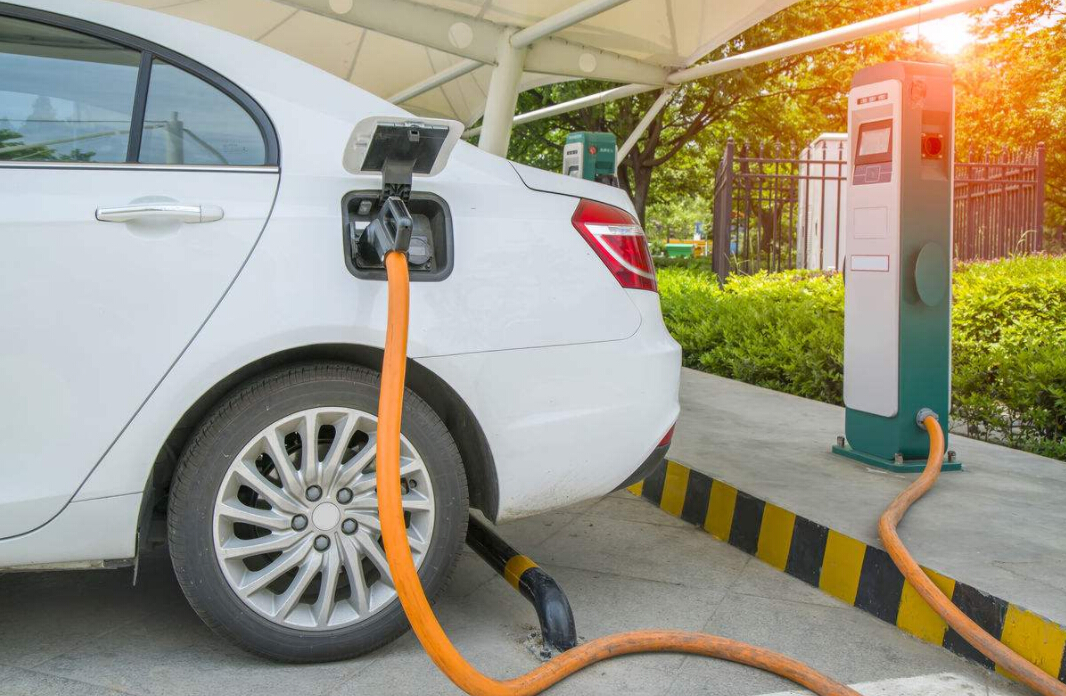
The testers even came up with a more thought-provoking point of view. Some international automobile companies should still be "comparative and disciplined", and there is still a high probability that the new national standard will be implemented in the future. "According to the current situation of the development of cars and piles, it may result in the cancellation of the subsidies in 2020. The electric vehicles put into the foreign-invested enterprises are facing a high probability of not charging, which will happen frequently."
When asked why this fast charge test was to be done, Huangshan said, "These charging phenomena are clear in the industry. We also found various problems when doing vehicle charging compatibility tests for some vehicle manufacturers. These problems can not be solved only by the modification of the vehicle side. We also hope that this test will allow everyone to pay attention to these issues, jointly improve the implementation of the national standard, and minimize the safety hazards caused by charging, otherwise the car burning event Only more and more."
Conclusion
Finally, the tester gave an example: If a car company now manufactures an electric car that fully complies with national standards, then it has an 80% probability that it will not be powered. As the test results show, many cars are not charged in front of the fully qualified charging pile.
Today, with the rapid development of the new energy automobile industry, security issues deserve more attention. We all know that the national standard should be the bottom line.
















 RCCN WeChat QrCode
RCCN WeChat QrCode Mobile WebSite
Mobile WebSite